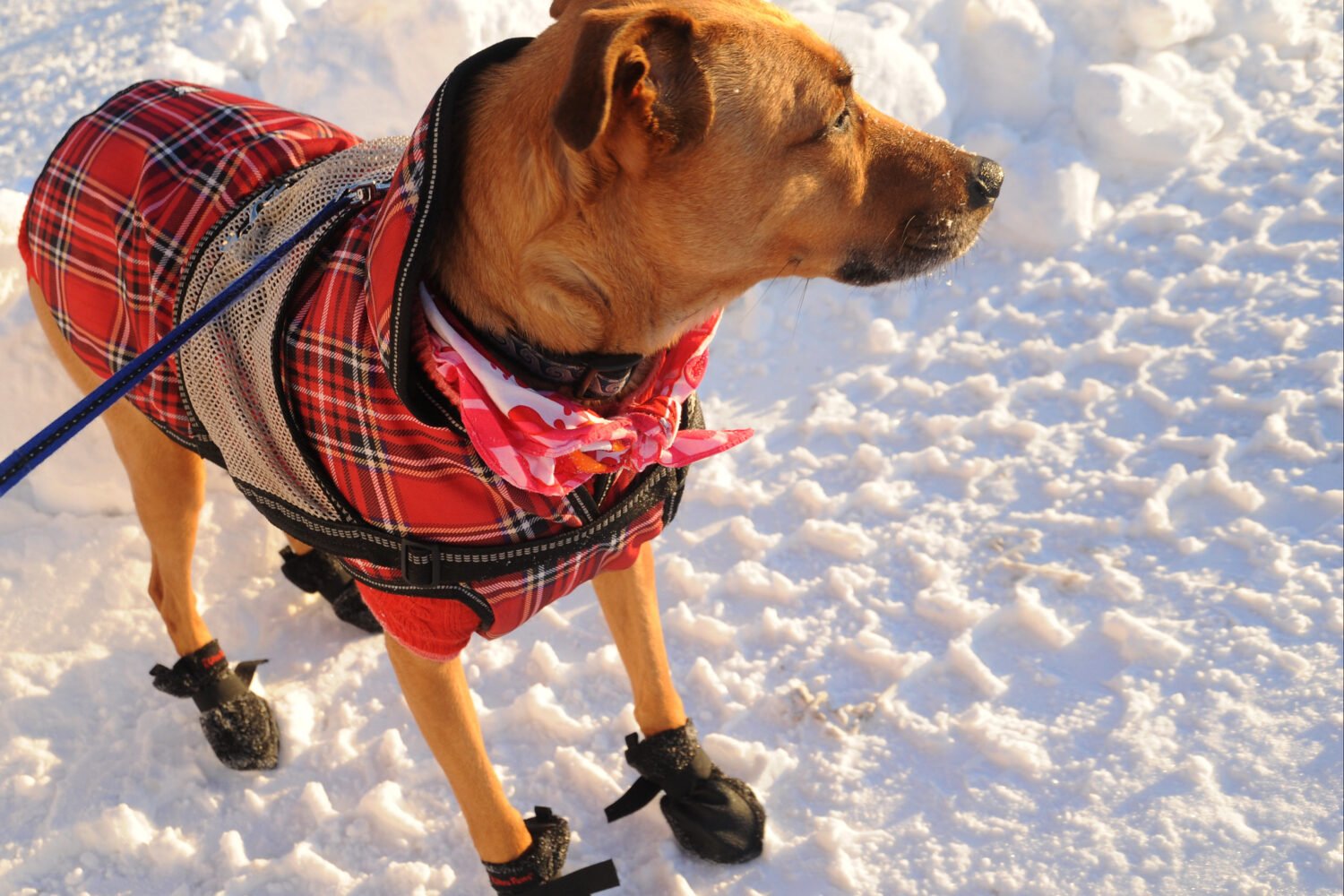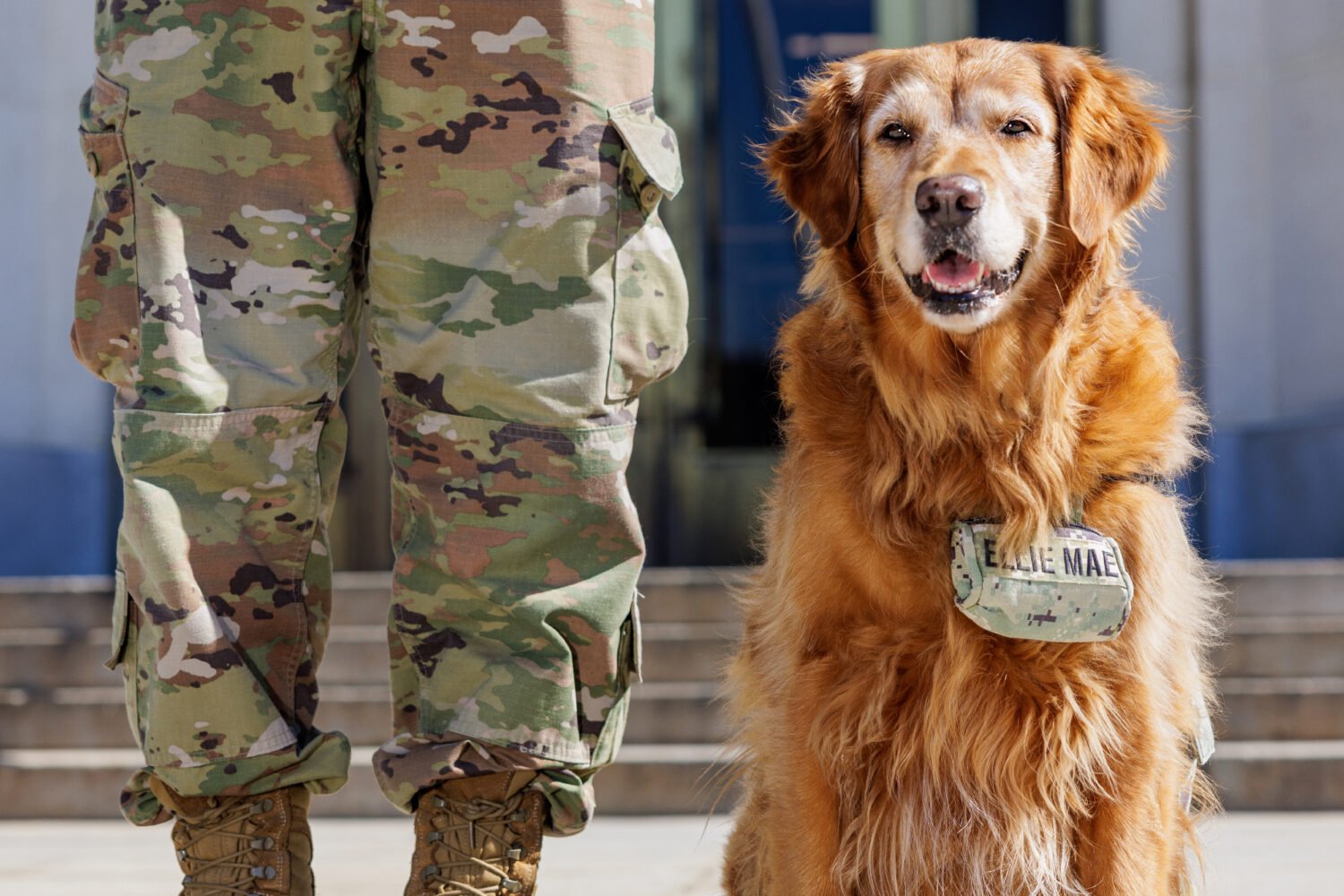The past month-and-a-half has been a worrisome time for dog owners in the District. Since mid-April, four dognapping incidents have occurred in broad daylight. Two puppies, a one-year-old French bulldog named Bruno and an 11-week-old Australian Shepherd named Pablo, were stolen from their owners within 20 minutes of each other in April. Both dogs were nabbed at gunpoint. Last Friday, a four-year-old golden retriever named Arcadia was taken while tied up outside a CVS in Capitol Hill, and another dog, Charlie, went missing in front of a Giant Food on H Street on Saturday. Pablo, Arcadia, and Charlie were found and returned to their owners not too long after the robberies, but Bruno is still missing.
The Metropolitan Police Department’s crime data shows that all crime has increased six percent since this time last year—and robberies have jumped 43 percent. Yet it’s tough to say if dognapping incidents have increased on a local or national level because there are no major advocacy groups or law-enforcement agencies that collect this data. Purebred and small dogs, like Frenchies and Chihuahuas, are common targets for dog theft. Sam Connelly, the owner of Pure Gold Pet Trackers, says bulldogs are expensive and hard to breed, so dog thieves can make a lot of money by selling them or waiting until the reward price is increased.
There are a few ways that you can avoid putting your dog in harm’s way. Many pets are stolen from backyards, so Patricia Sosa, a director of the French Bull Dog Club of America, stresses that pet owners should not let their dogs out alone if they don’t have a secure, fenced yard. It also wouldn’t hurt to install security cameras with motion alerts both inside and outside of your home. The American Kennel Club also advises people to not leave their dogs tied up outside of a store or alone in a car.
If you are confronted by a dognapper and fear for your safety and that of your dog’s, Lauren Taylor, a self-defense instructor behind the program Defend Yourself, says that the best course of action is to de-escalate the situation and distract the attacker. People generally have five methods they can use to defend themselves, she says: Run, Yell, Tell, Hit, and Go Along.
The best-case scenario when encountering someone who means you harm is quickly removing yourself from the situation, or to “Run.” If you are unable to escape and have to interact with the attacker, “Yell” might be the next best option. “This can either mean yelling at the person or setting an assertive boundary,” Taylor says. For example, saying “Don’t touch me” or “You’re in my space” in a firm, but not aggressive, manner can be more effective, she says, than pleading, crying, or begging.
Another way to protect yourself is to tell someone that you need help. You can ask someone nearby to stay with you until the offender leaves or have them contact an authority figure, like a security guard or police officer. Taylor says this tactic is often underutilized because people tend to forget that somebody could help them.
Physically fighting back should be a last resort, and most experiences won’t call for that, Taylor says. Save hitting back for an actual dangerous situation—say, when they lay hands on you and you can’t run, yell, or tell. Bear in mind that resistance may make the person angry or pull out a weapon. Chris Torres, who runs fight-training gym N-Flux, says that while many pet owners view their dogs as family, trying to fight back may not be worth risking injury or death. In that case, it would be smart to just go along with whatever the attacker wants—in this case, your dog.
Sosa recommends that pet owners get their pets microchipped and registered with a microchip database. If a lost pet ends up at a veterinary clinic or animal shelter, the owner’s contact information will come up when the chip is scanned. She says that owners should keep current pictures of their pets and take note of their weight, size, and any specific markings on their body. This information can be useful for helping pet trackers, like Connelly, find and identify lost or stolen pets. Connelly also uses her search-and-rescue-trained golden retriever to sniff out evidence of a missing pet. But if the missing pet was picked up and put into a car instead of being walked away on a leash, there’s no scent to follow.
She also places posters in areas the pet has been seen to get the word out about the dognapping. If there’s enough publicity, the dog can eventually be found. But be sure to not put a dollar amount on the poster or online, Connelly says, because the dognappers will know that you have the money on hand and they may wait for a bigger reward. Sometimes, thieves take the stolen pets to another state to be sold because everyone already knows about incident. Even in those cases, there’s always a chance to get them back if they’ve been microchipped. “It just depends on the circumstances of how the dog was taken,” she says.



















